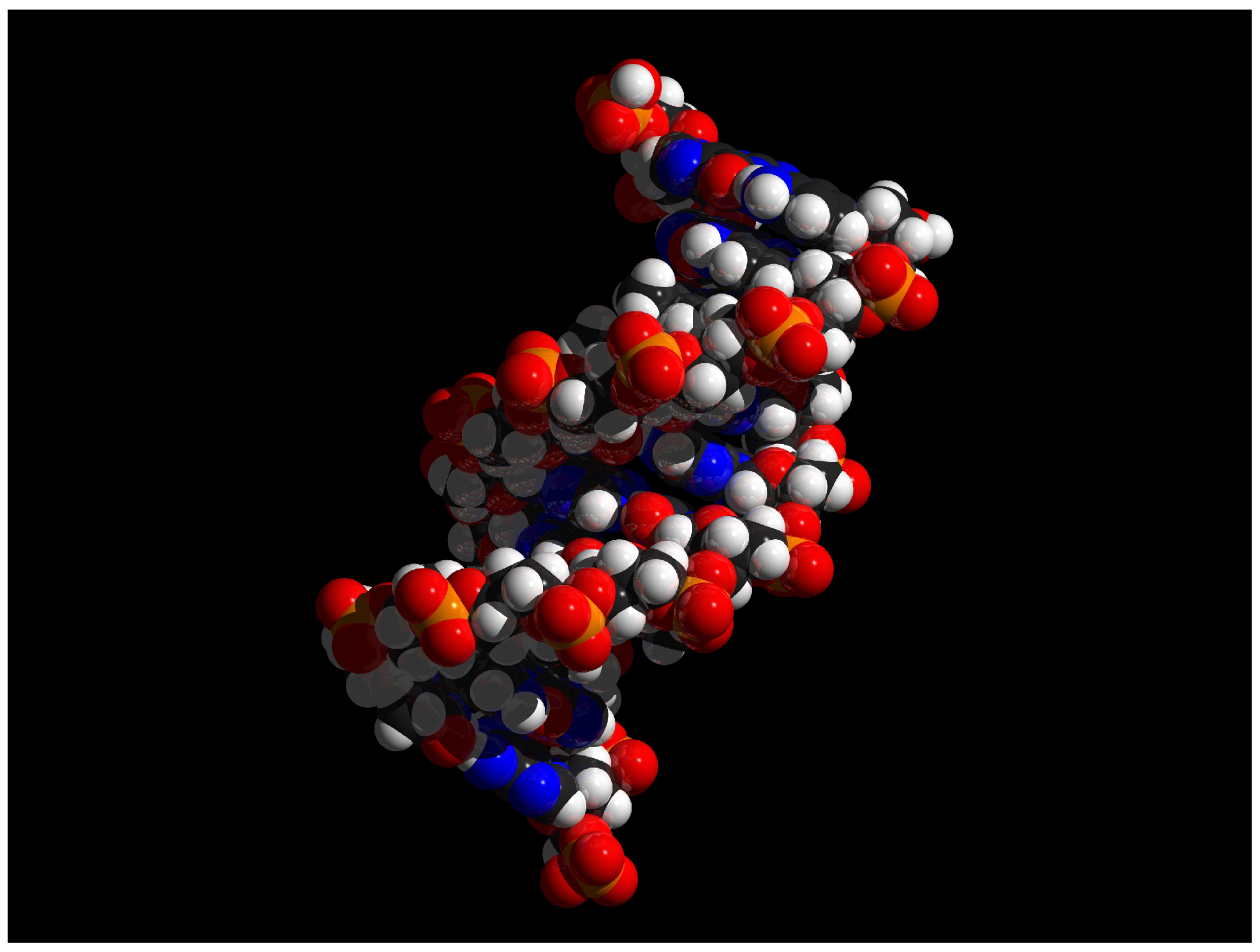
|

2.1 Elements and atoms: the building blocks of matter Read Online
2.2 Chemical bonds Read Online
2.3 Chemical reactions Read Online
2.4 Inorganic compounds essential to human functioning Read Online
2.5 Organic compounds essential to human functioning Read Online

After studying this chapter, you will be able to:
The smallest, most fundamental material components of the human body are basic chemical elements. In fact, chemicals called nucleotide bases are the foundation of the genetic code with the instructions on how to build and maintain the human body from conception through old age. There are about three billion of these base pairs in human DNA.
Human chemistry includes organic molecules (carbon-based) and biochemicals (those produced by the body). Human chemistry also includes elements. In fact, life cannot exist without many of the elements that are part of the earth. All of the elements that contribute to chemical reactions, to the transformation of energy, and to electrical activity and muscle contraction—elements that include phosphorus, carbon, sodium, and calcium, to name a few—originated in stars.
These elements, in turn, can form both the inorganic and organic chemical compounds important to life, including, for example, water, glucose, and proteins. This chapter begins by examining elements and how the structures of atoms, the basic units of matter, determine the characteristics of elements by the number of protons, neutrons, and electrons in the atoms. The chapter then builds the framework of life from there.
Question: anion
Choices:
atom with a negative charge
Question: bond
Choices:
electrical force linking atoms
Question: adenosine triphosphate (ATP)
Choices:
nucleotide containing ribose and an adenine base that is essential in energy transfer
Question: atomic number
Choices:
number of protons in the nucleus of an atom
Question: buffer
Choices:
solution containing a weak acid or a weak base that opposes wide fluctuations in the pH of body fluids
Question: activation energy
Choices:
amount of energy greater than the energy contained in the reactants, which must be overcome for a reaction to proceed
Question: base
Choices:
compound that accepts hydrogen ions (H+) in solution
Question: acid
Choices:
compound that releases hydrogen ions (H+) in solution
Question: amino acid
Choices:
building block of proteins; characterized by an amino and carboxyl functional groups and a variable side-chain
Question: atom
Choices:
smallest unit of an element that retains the unique properties of that element
Question: carbohydrate
Choices:
class of organic compounds built from sugars, molecules containing carbon, hydrogen, and oxygen in a 1-2-1 ratio